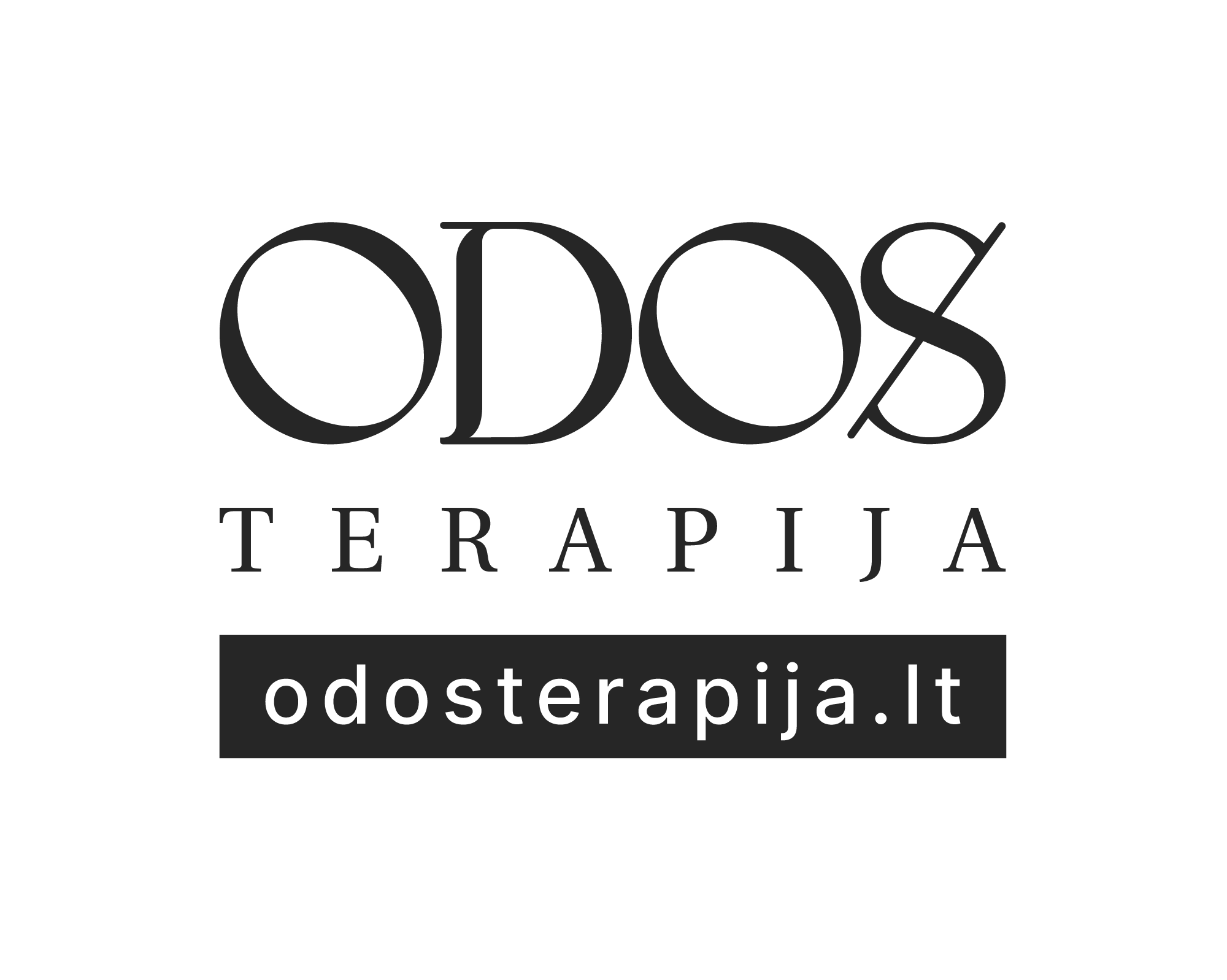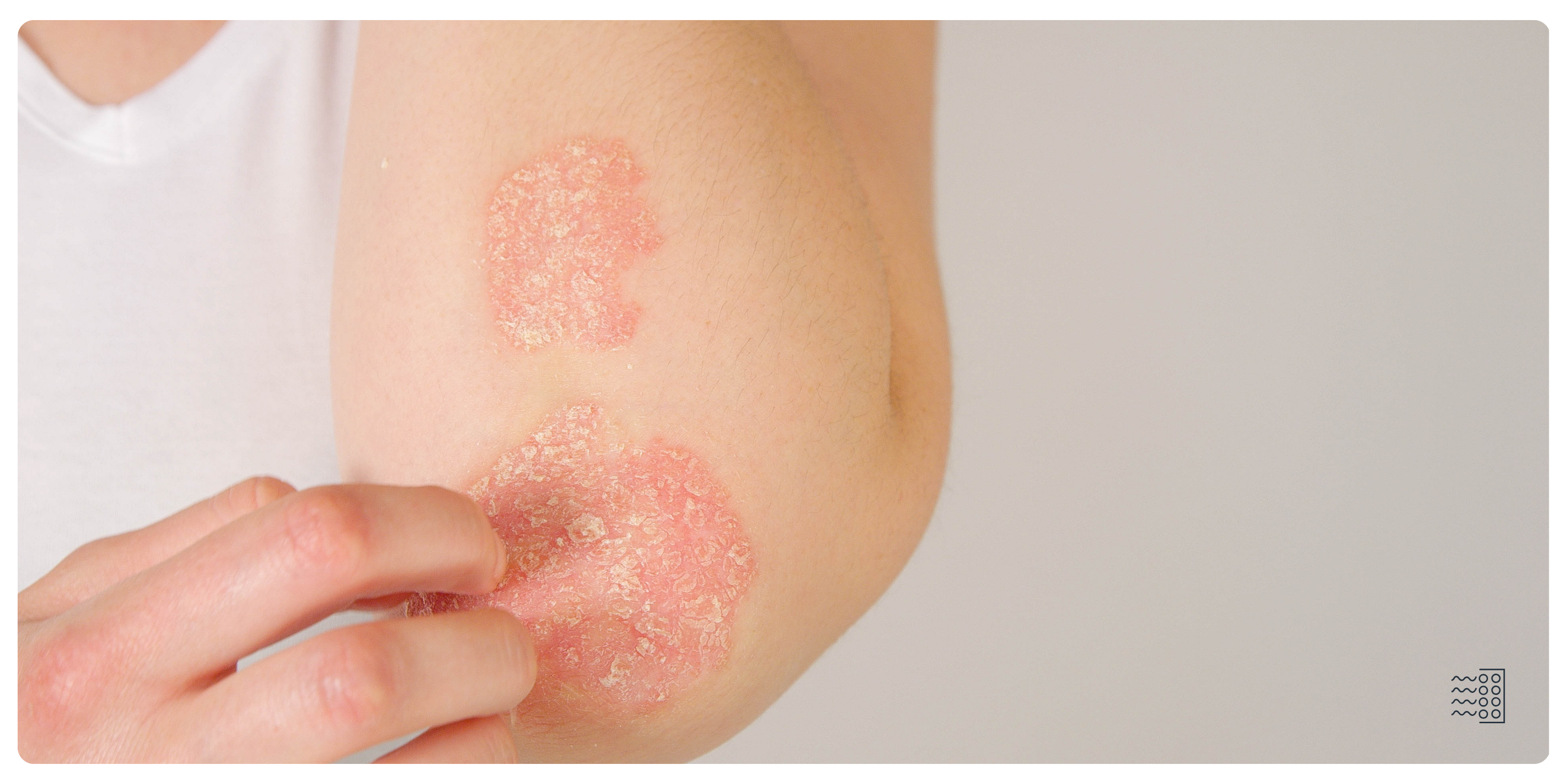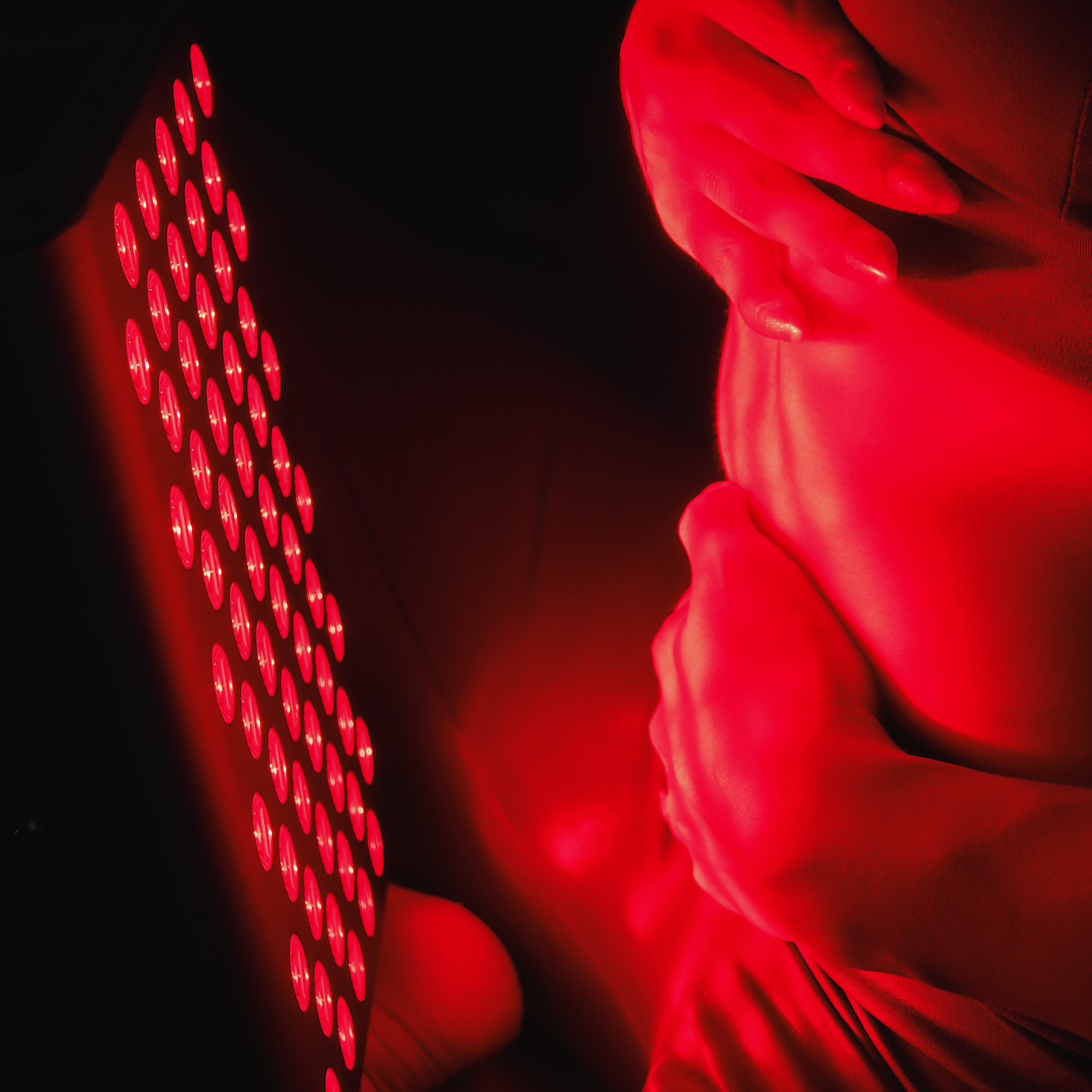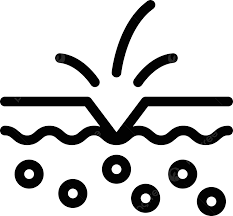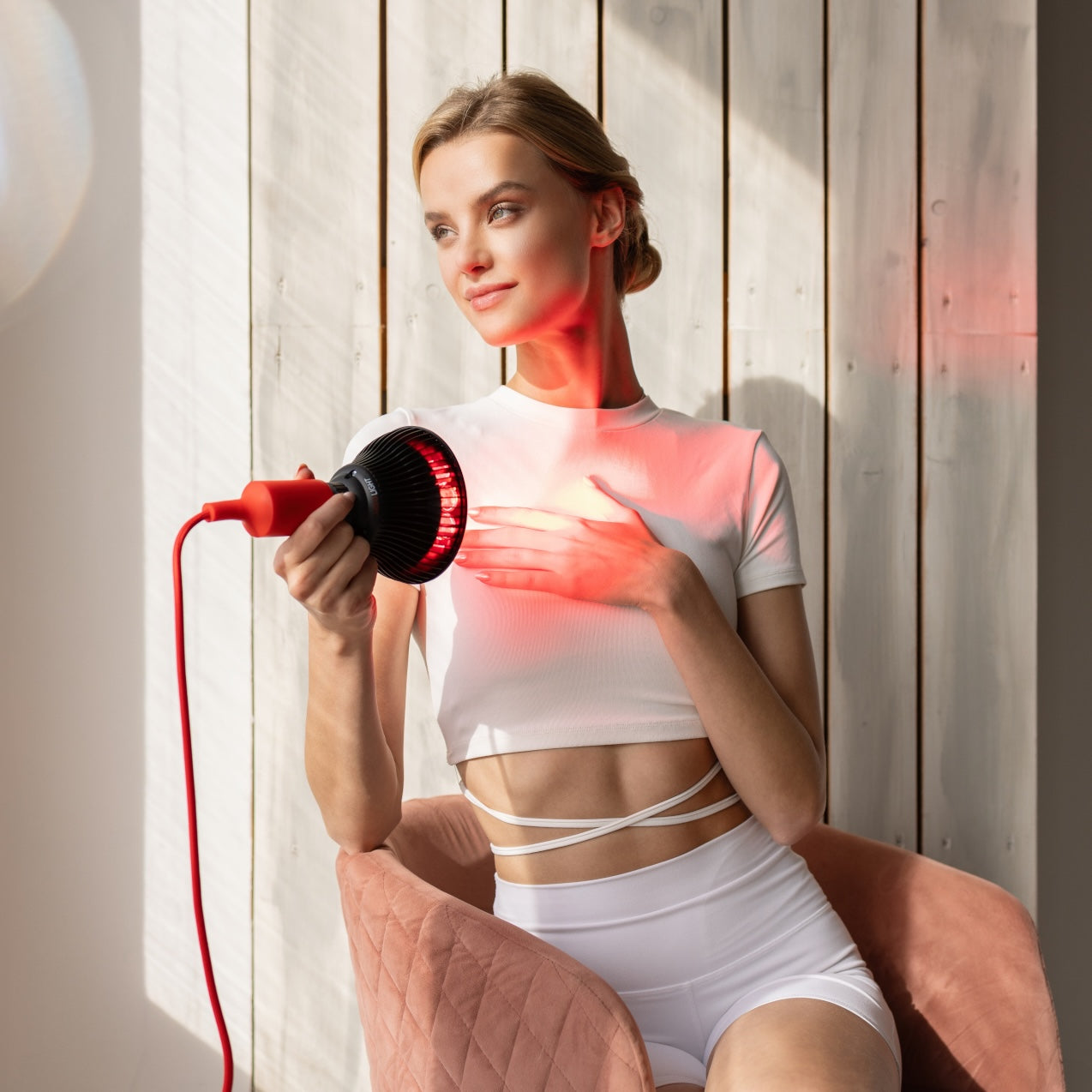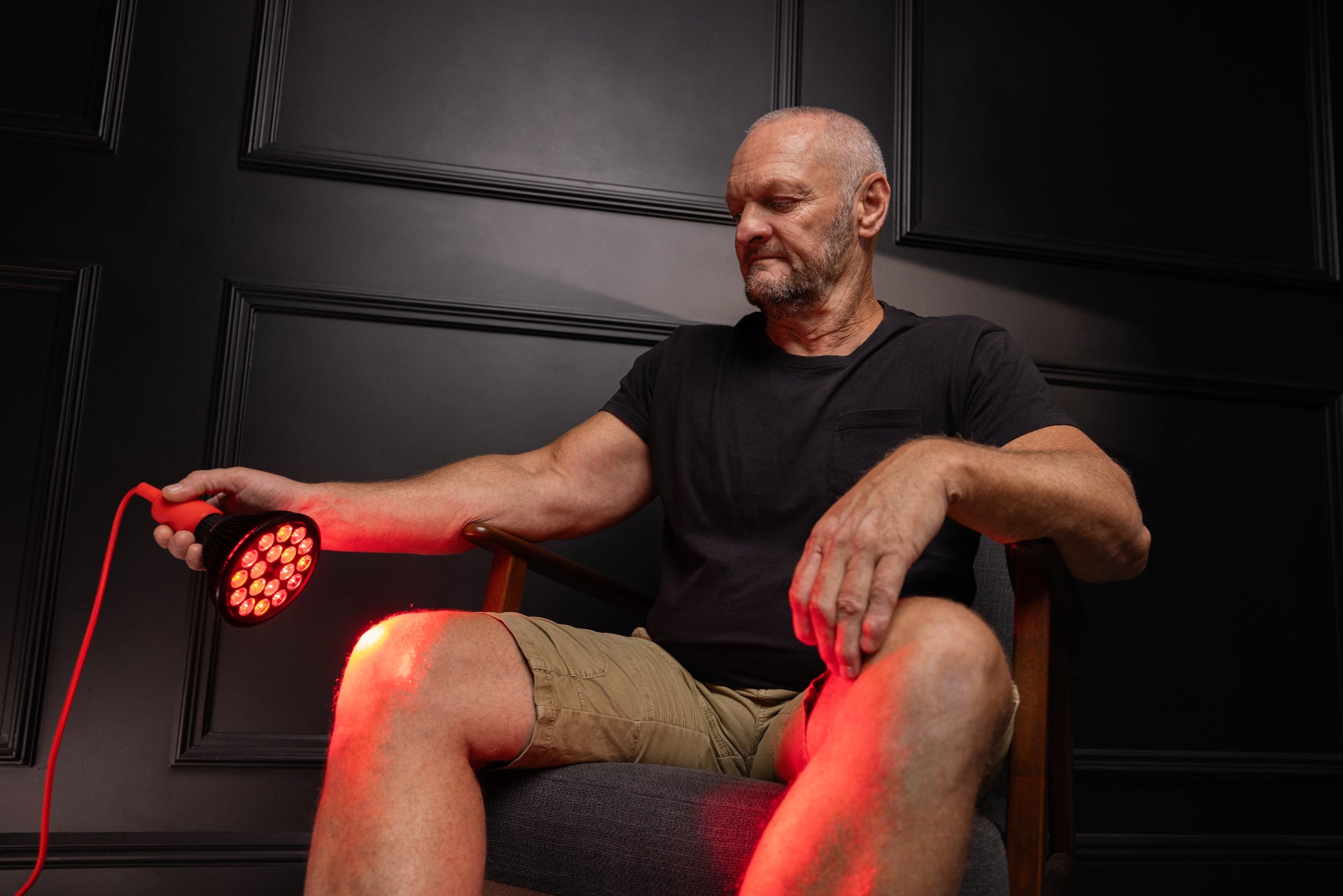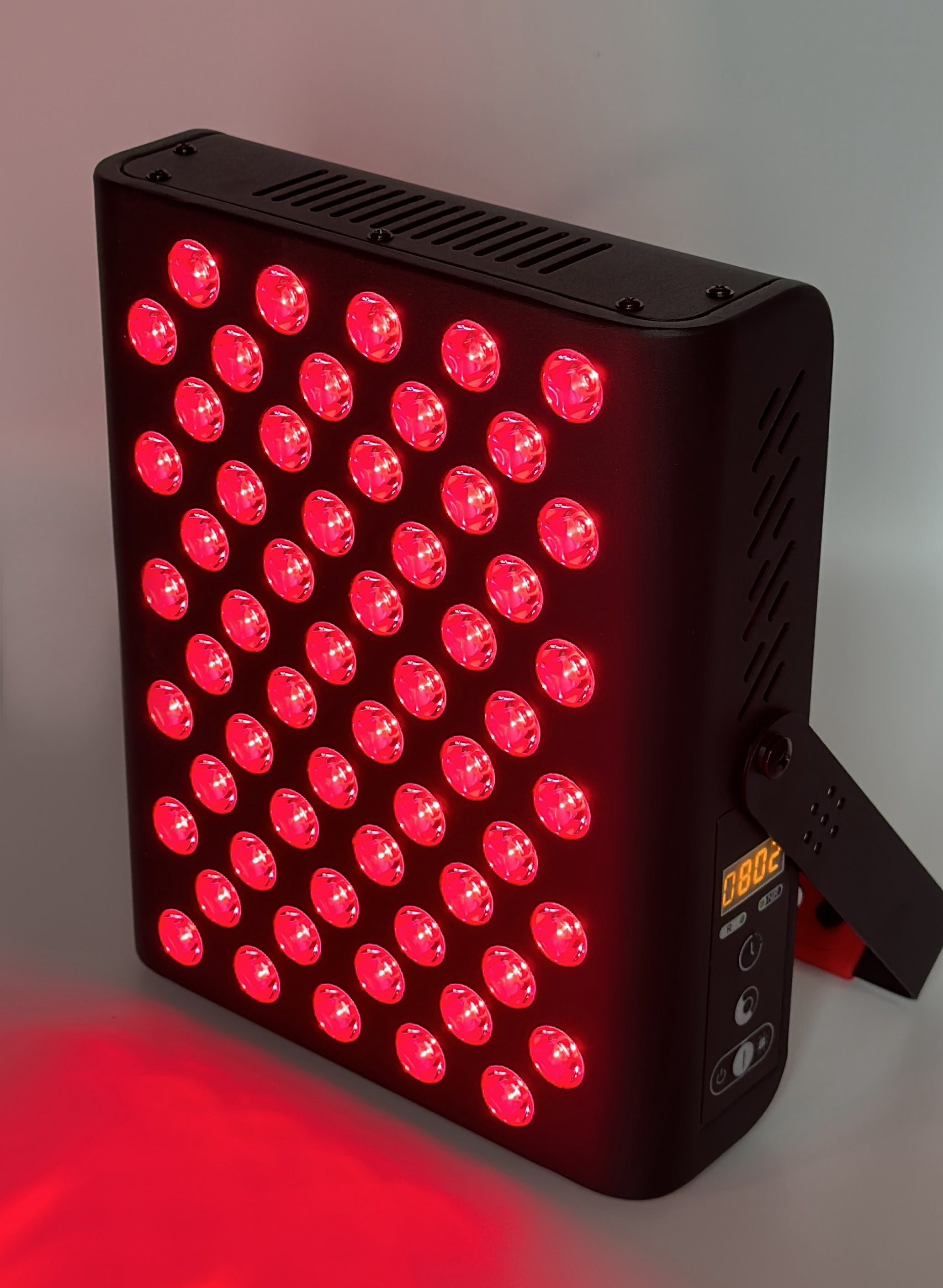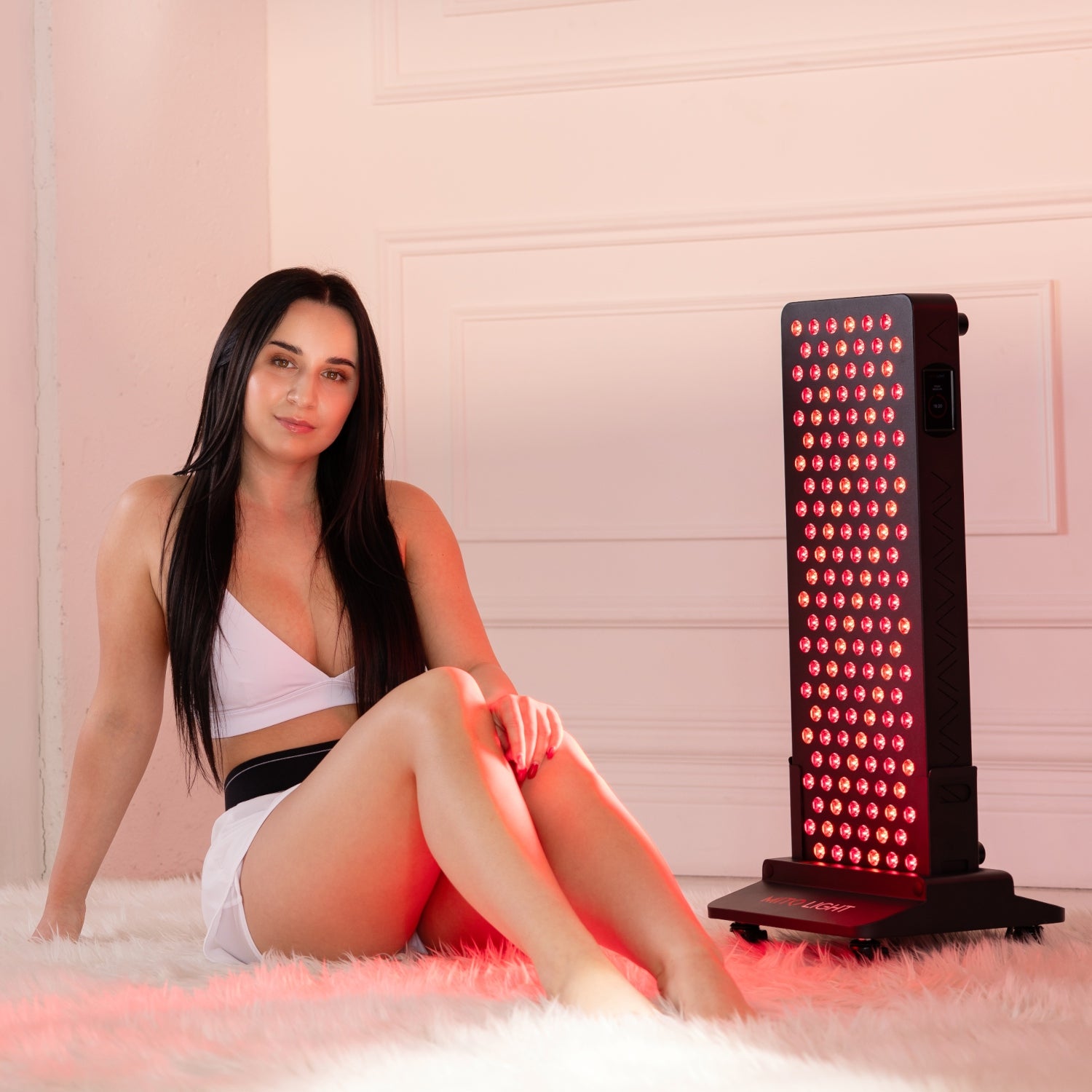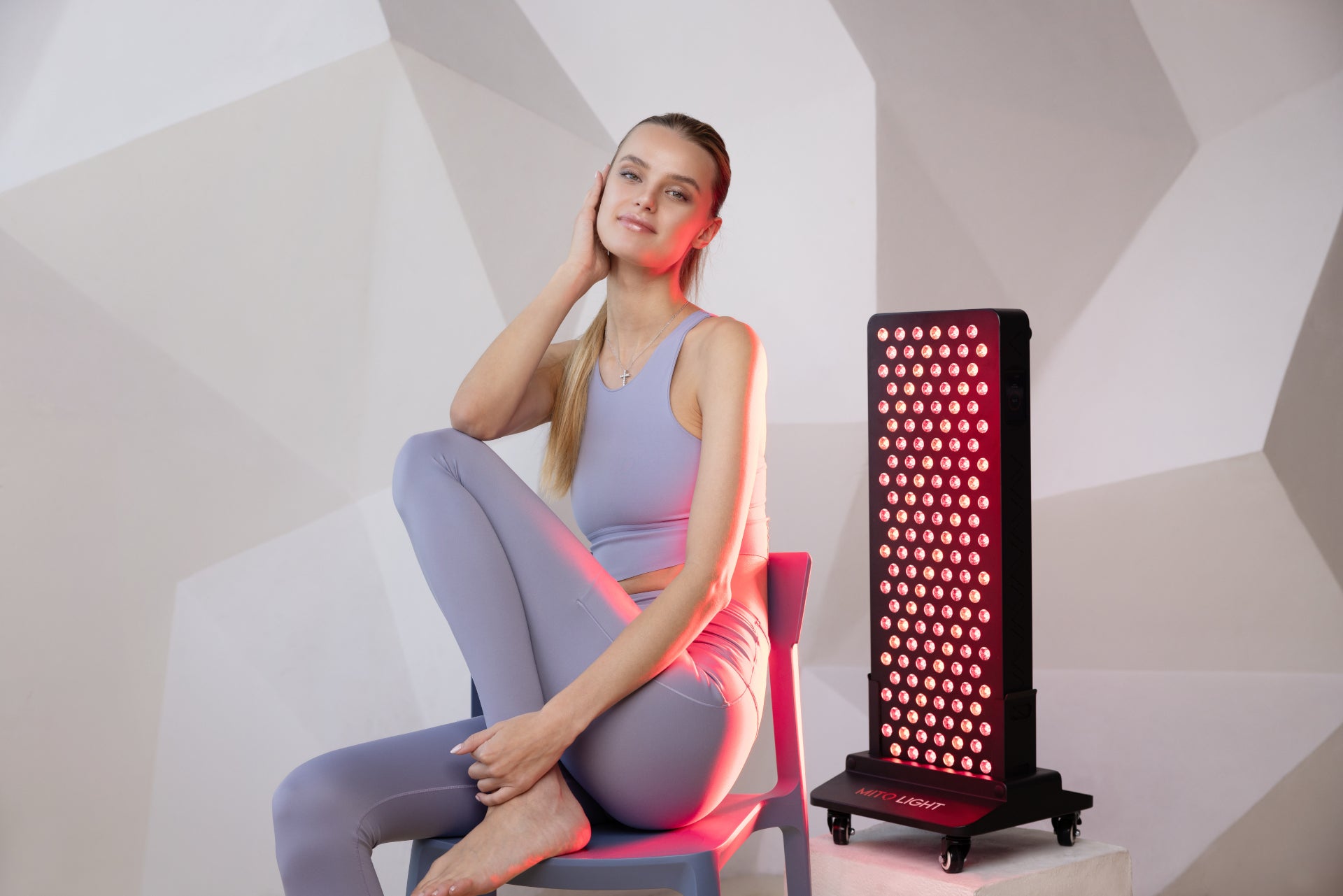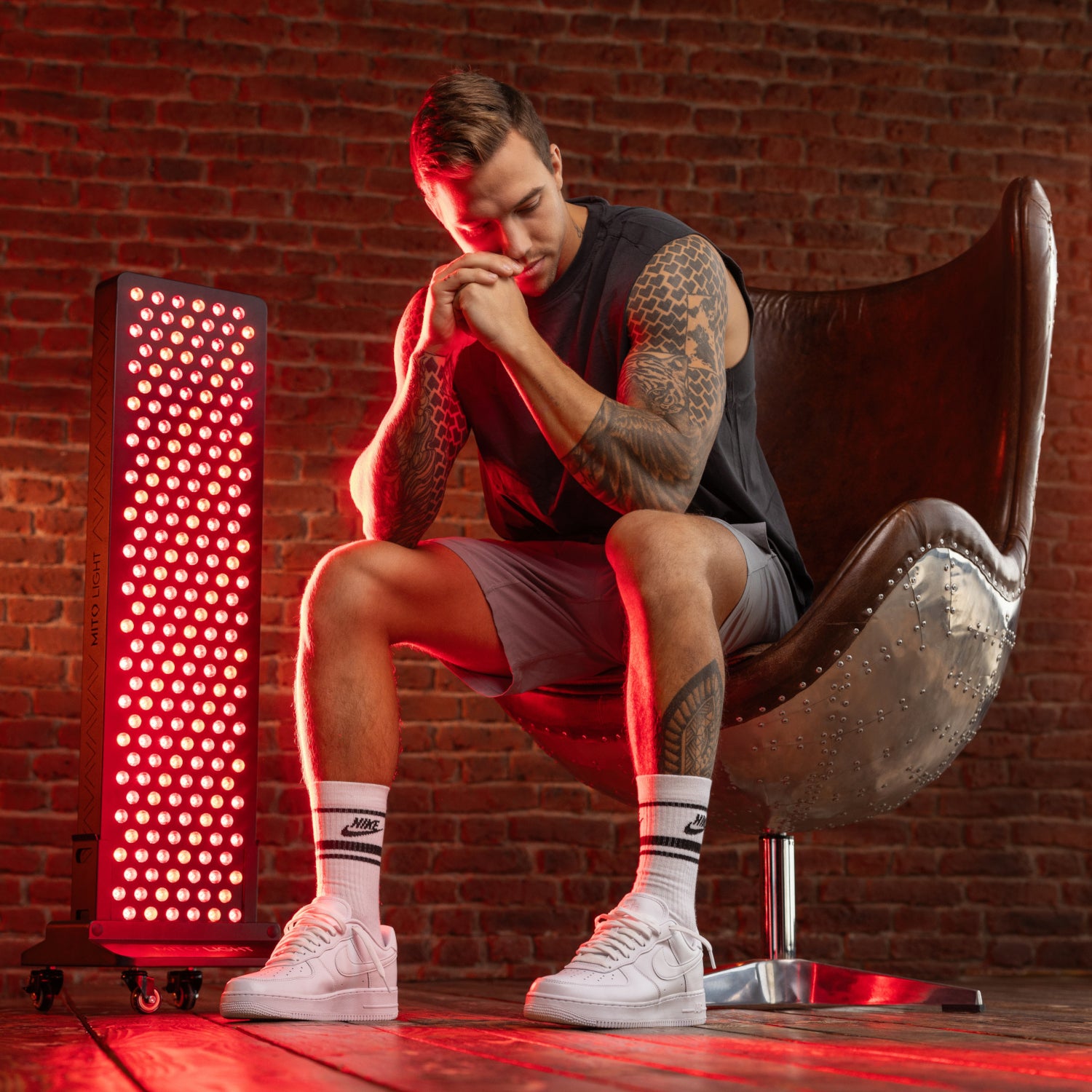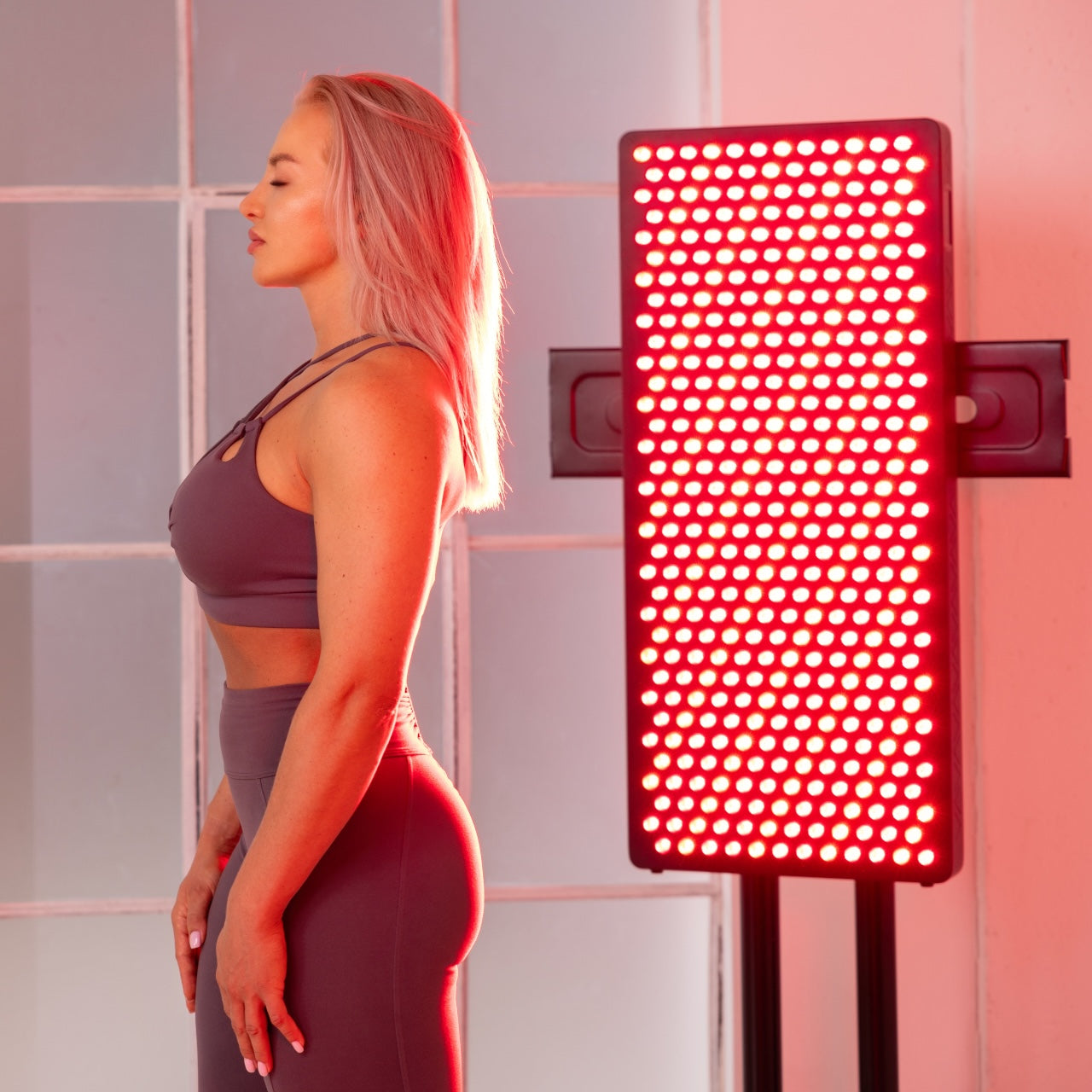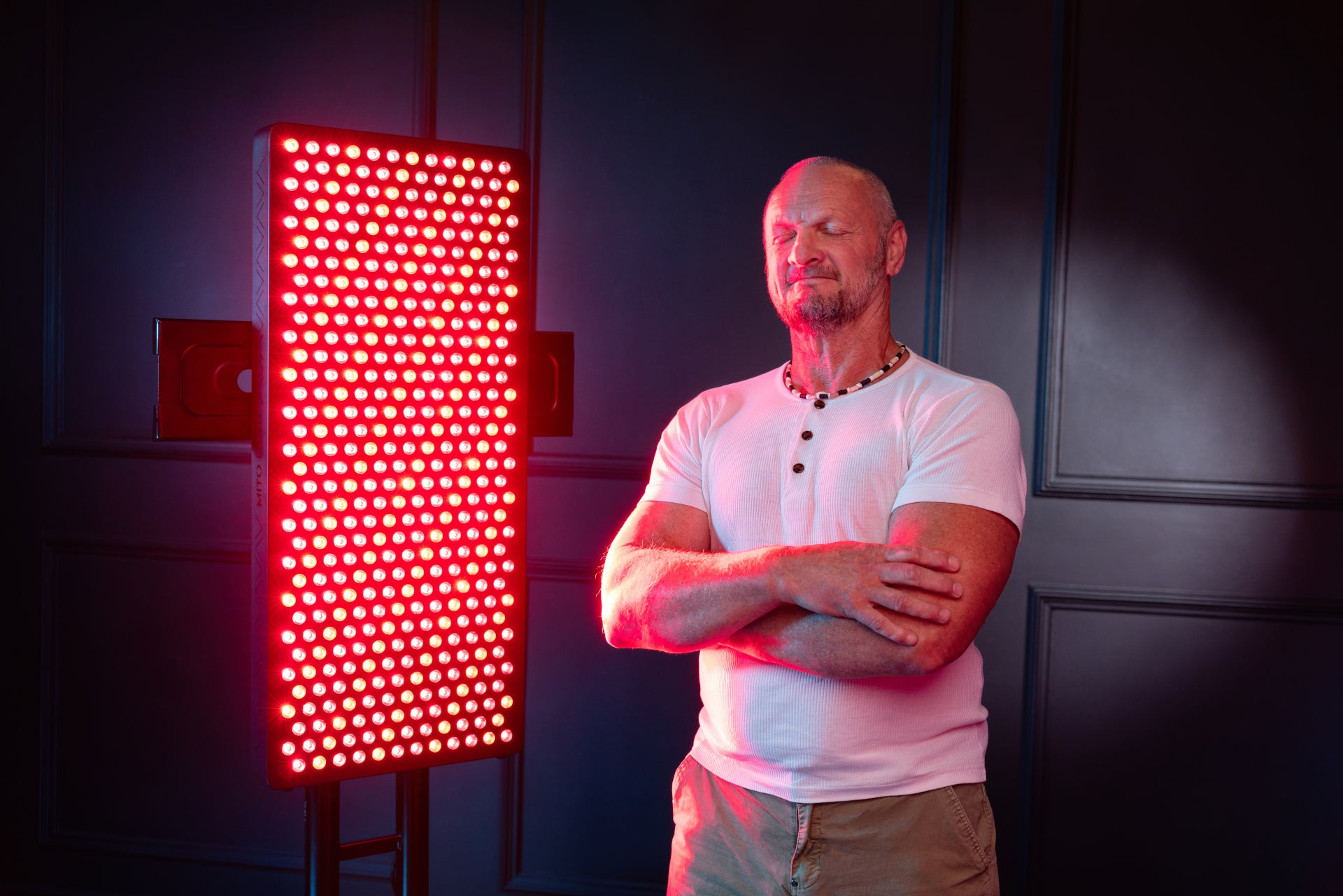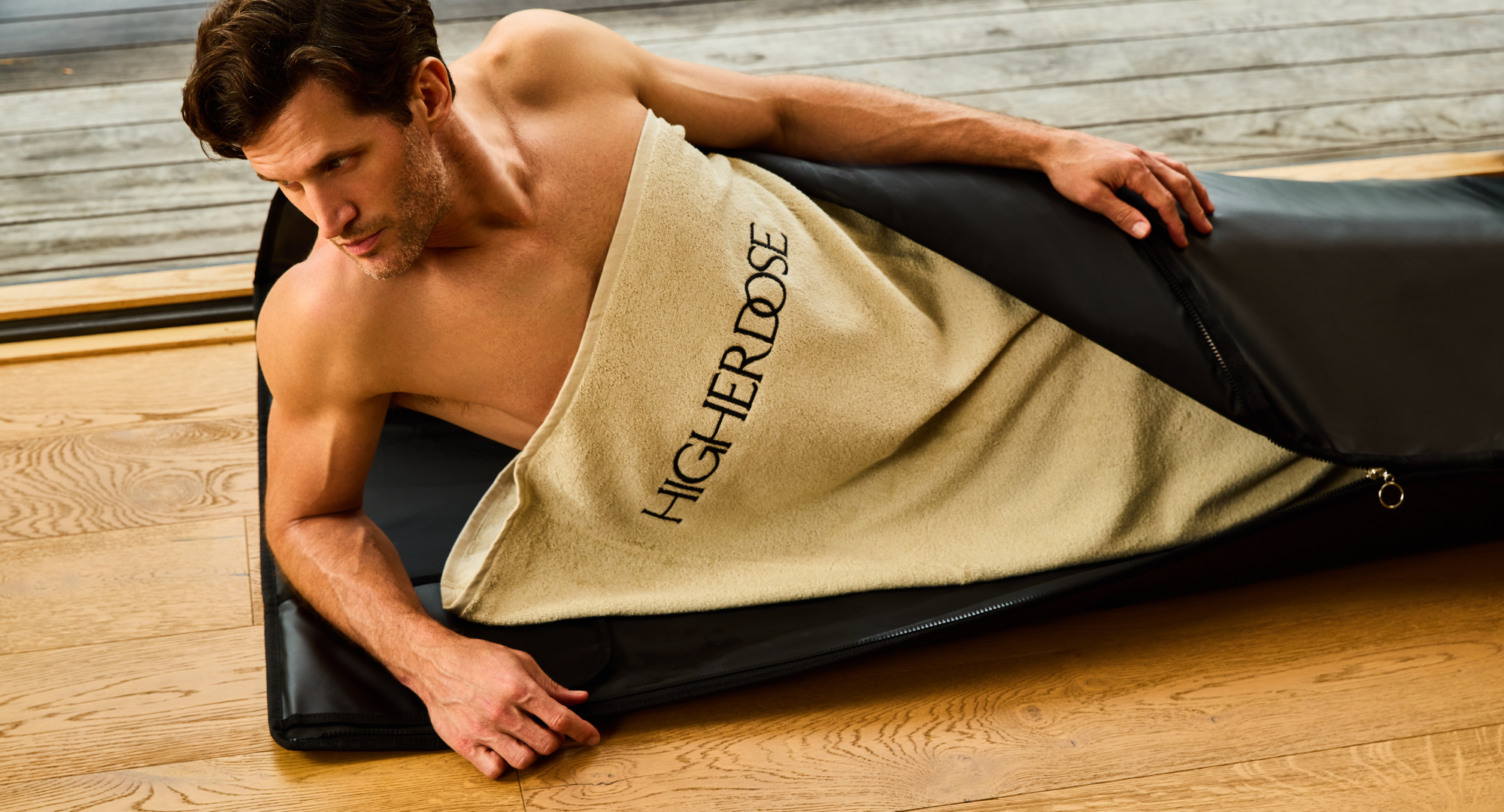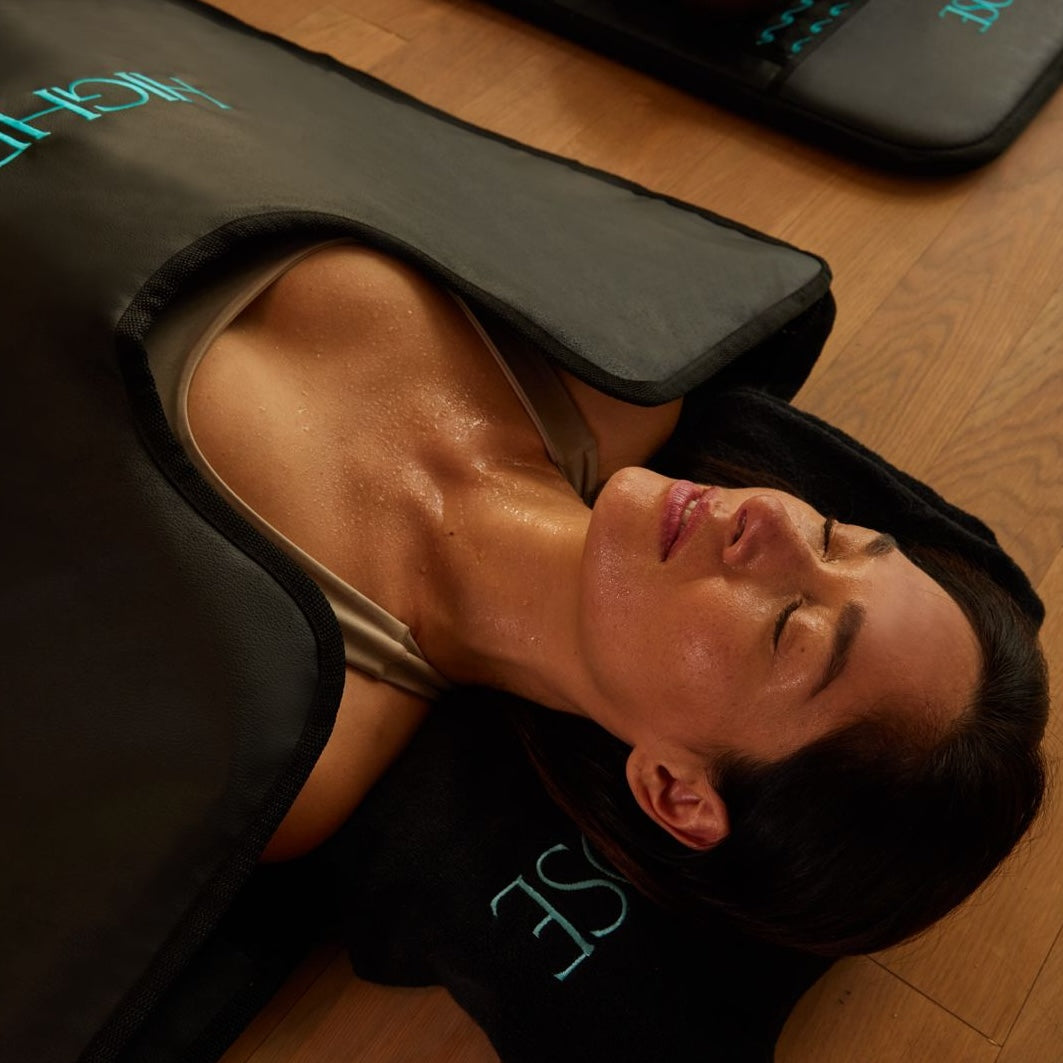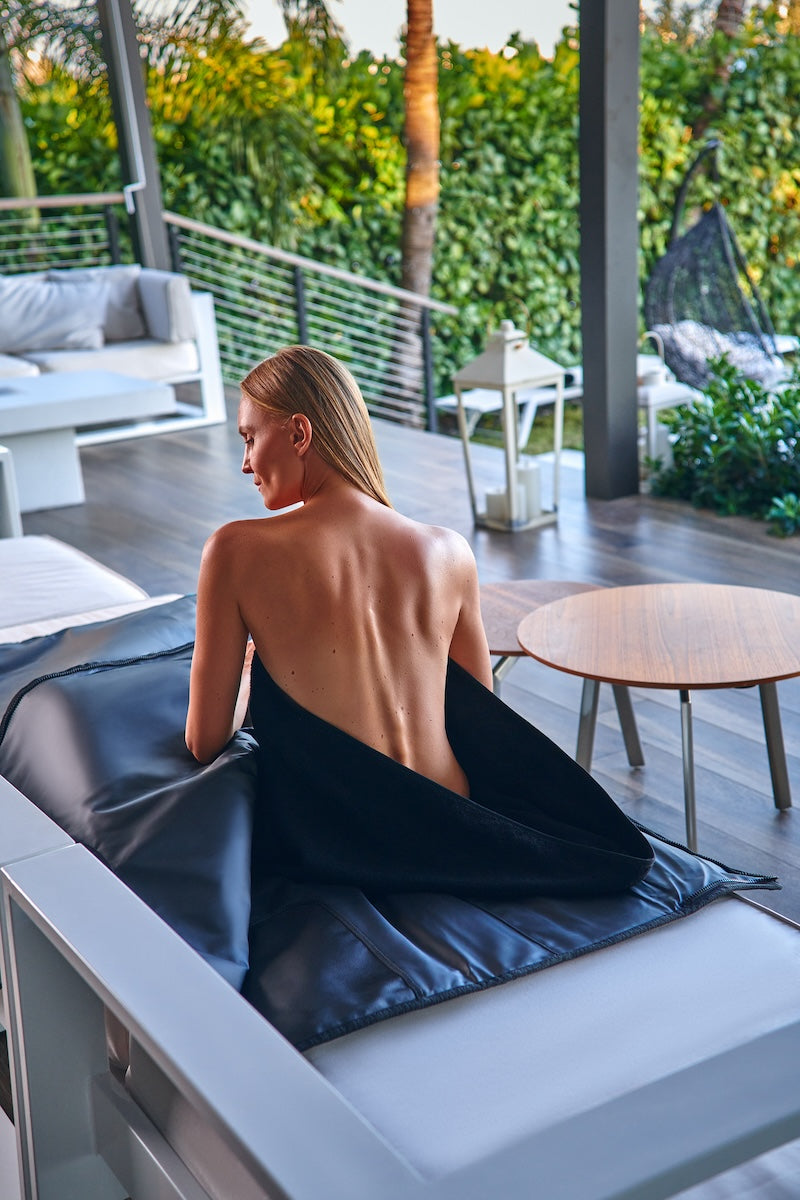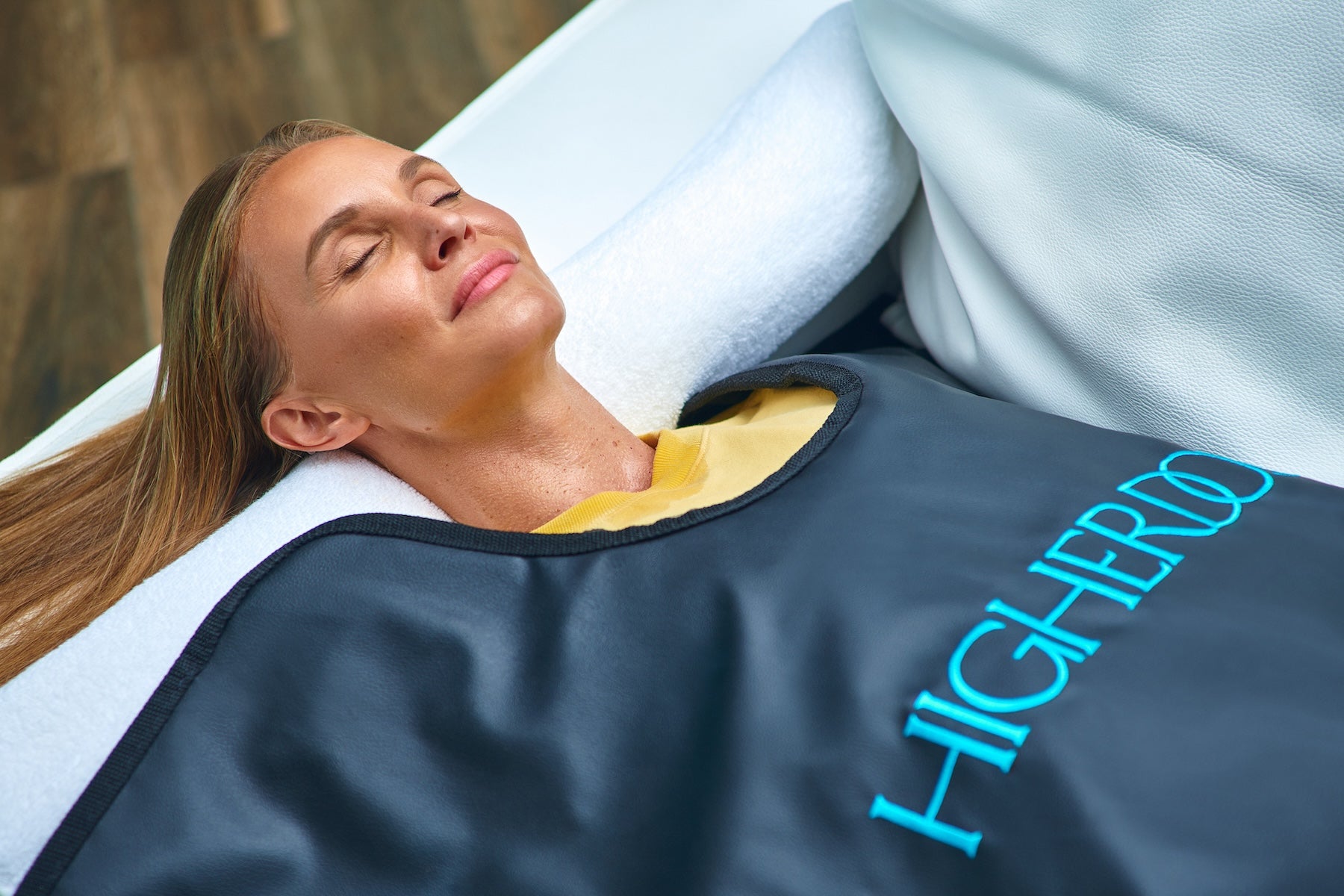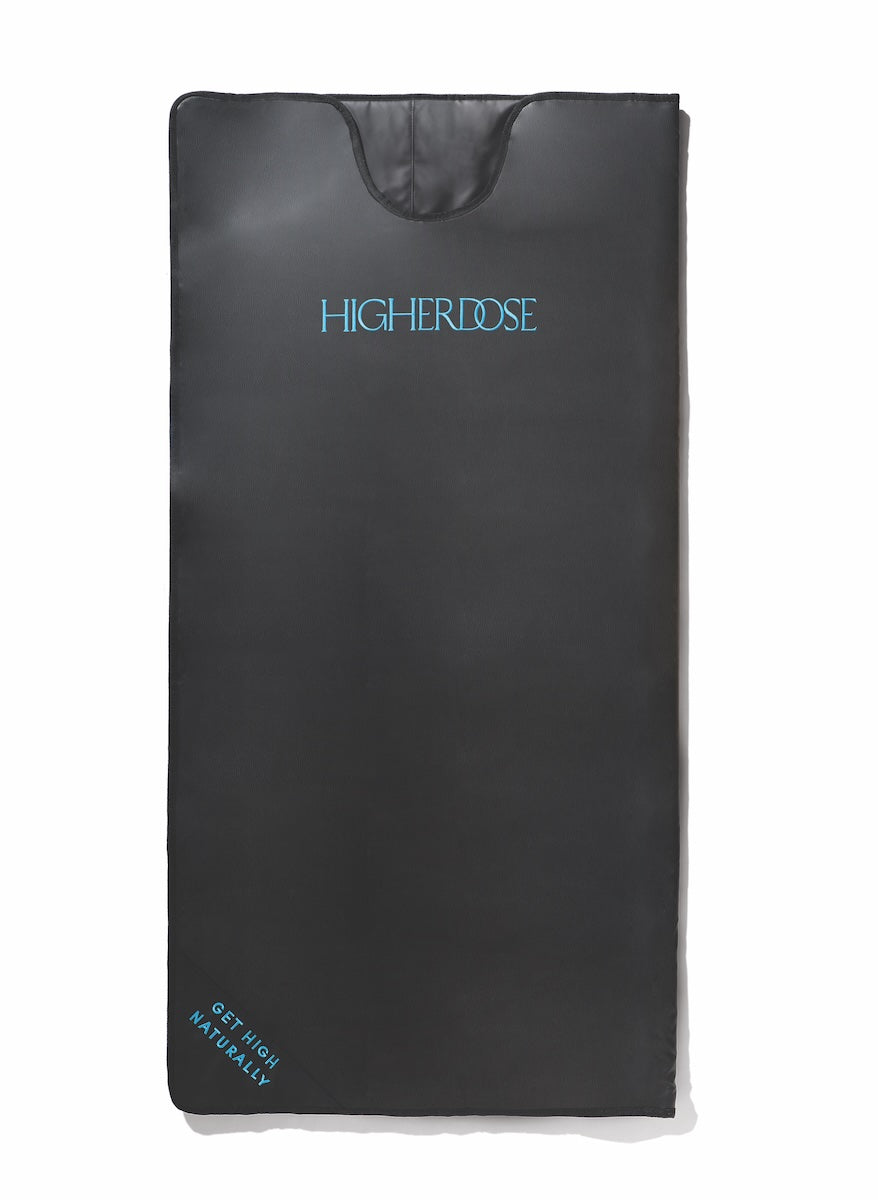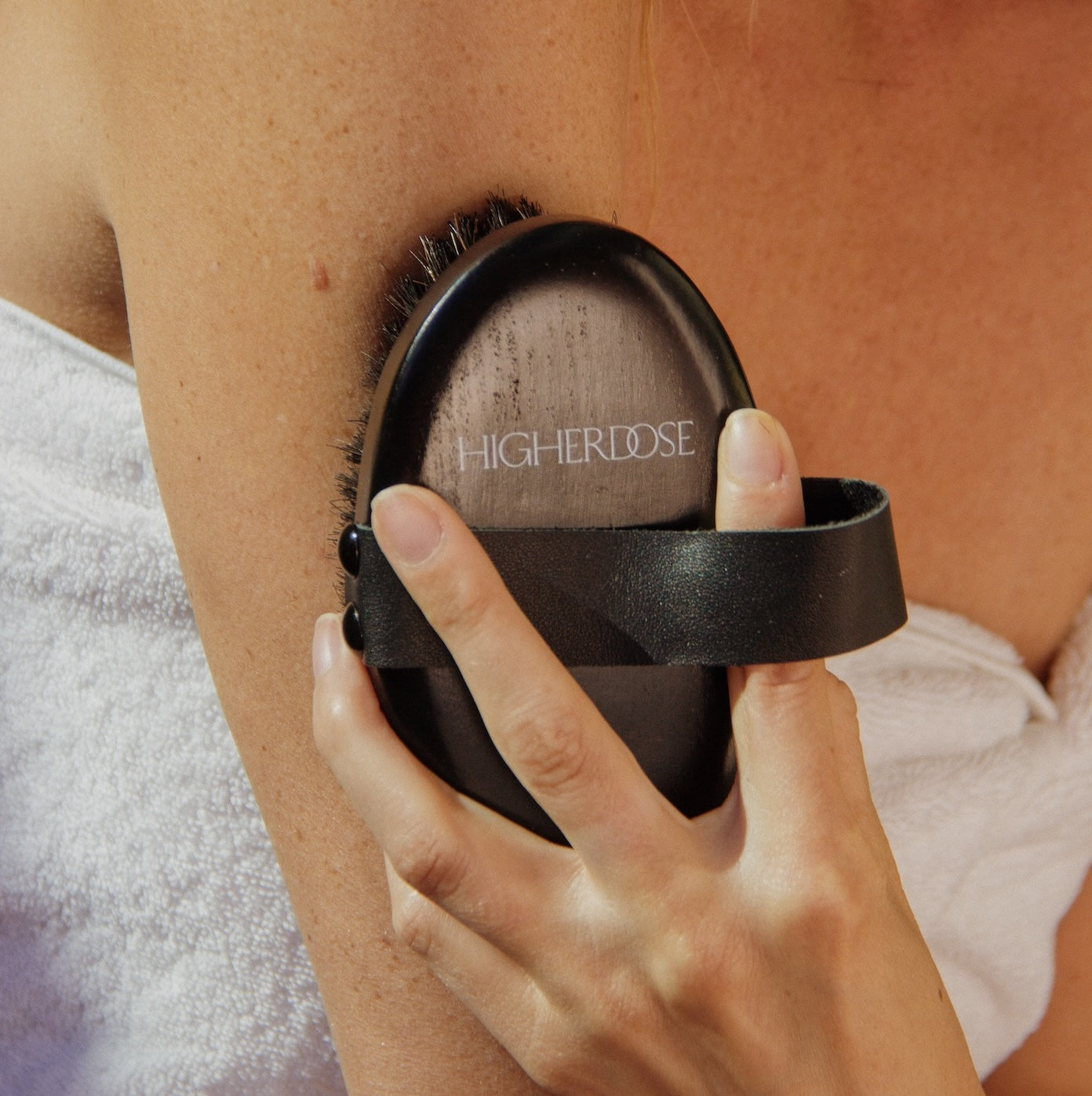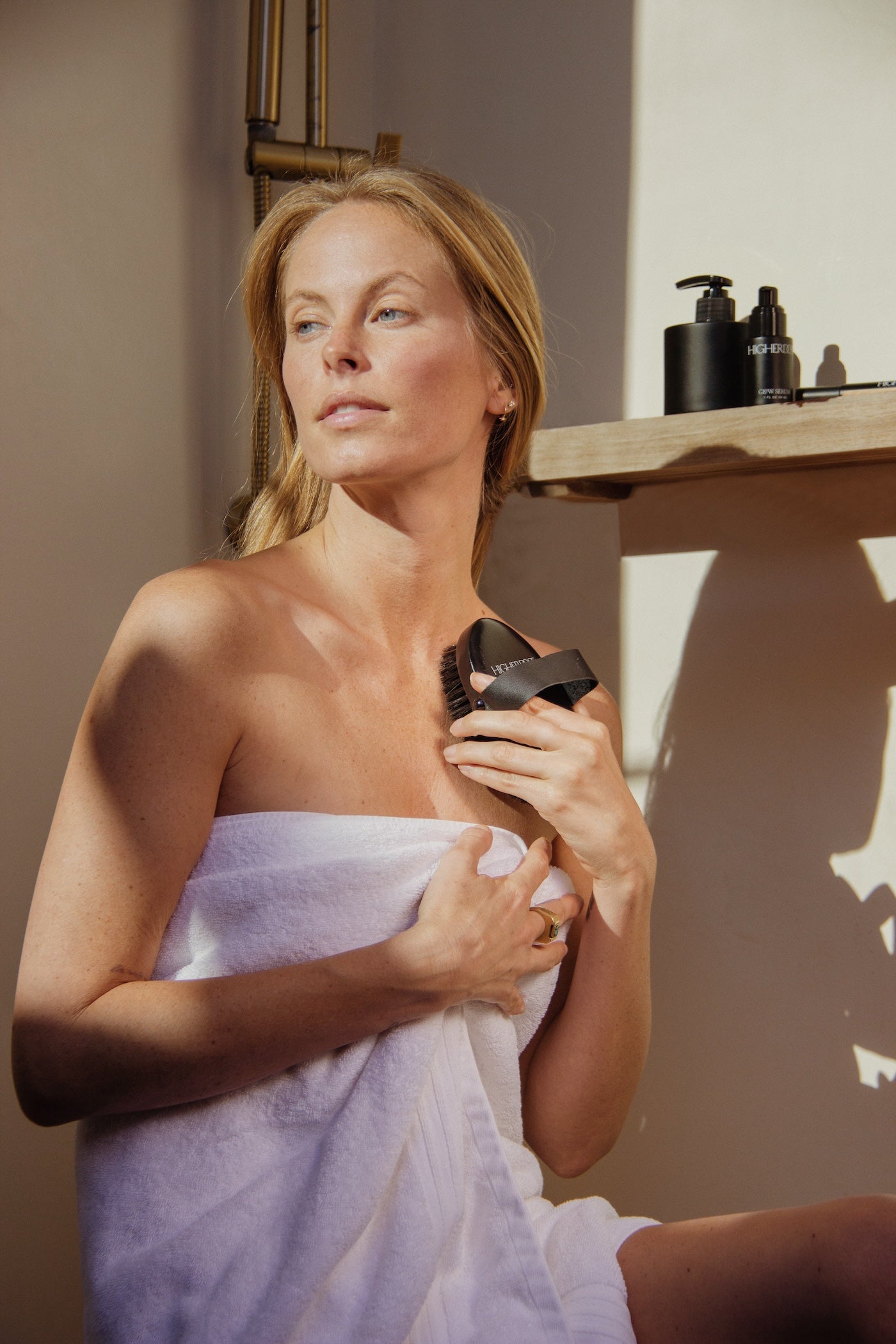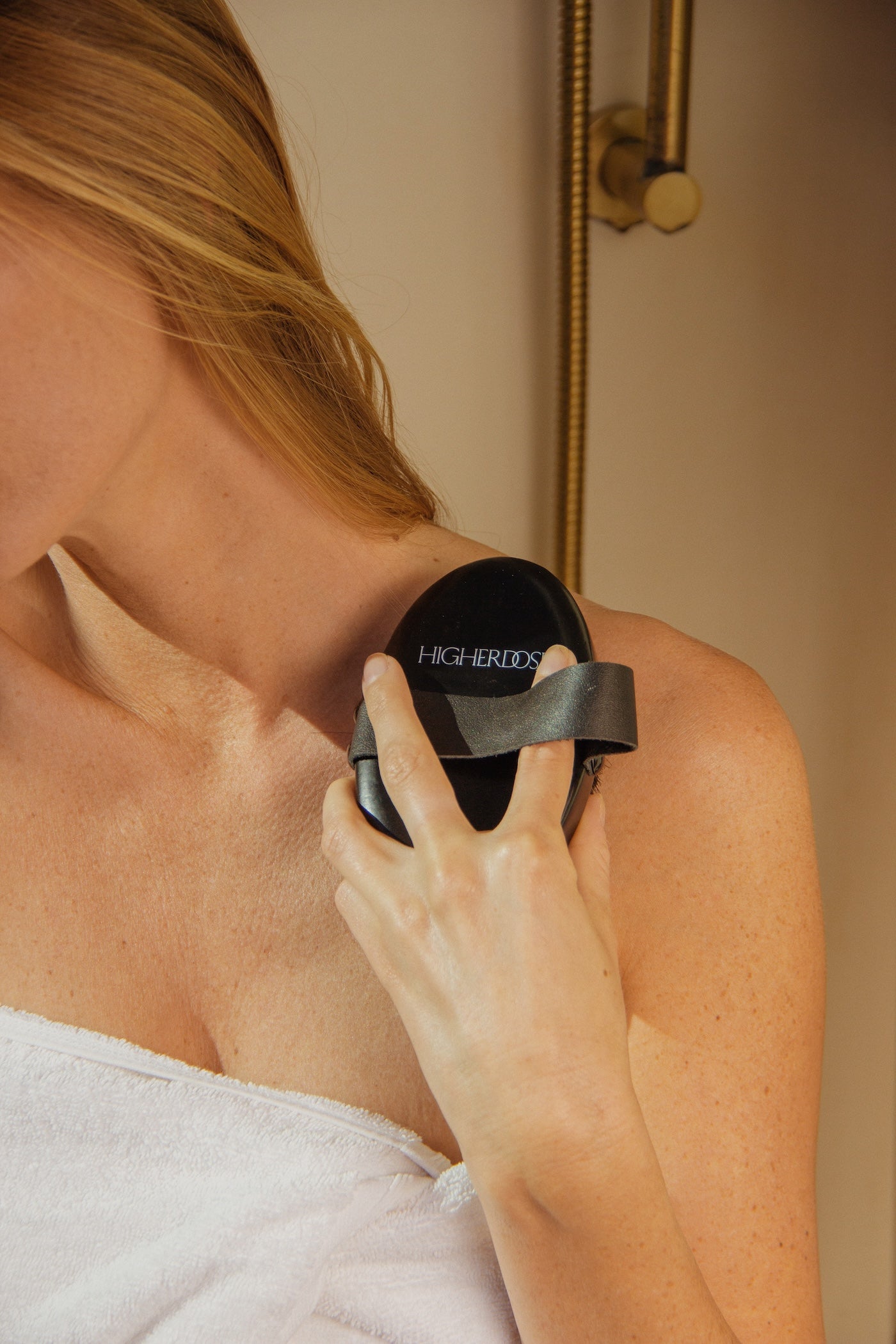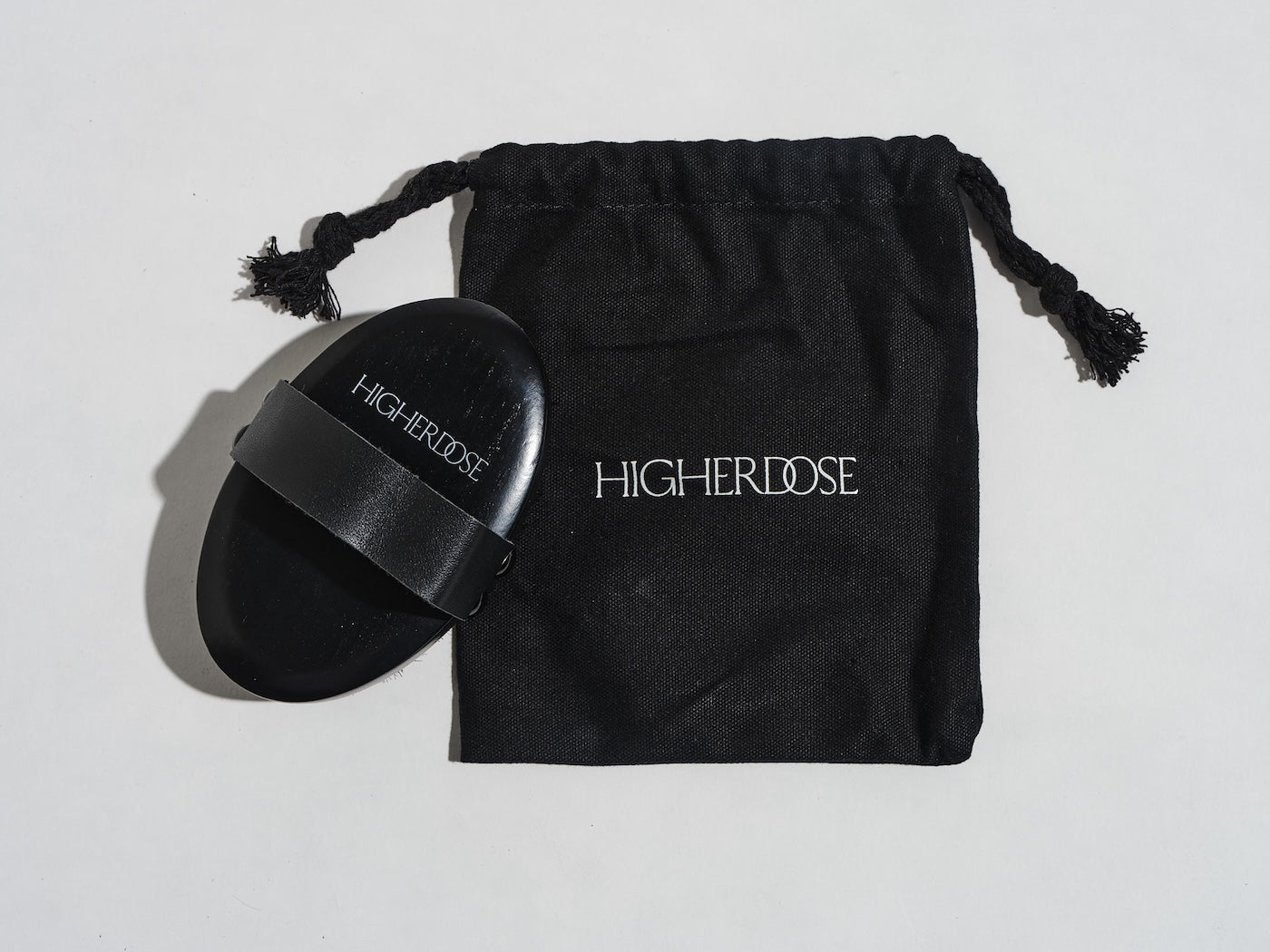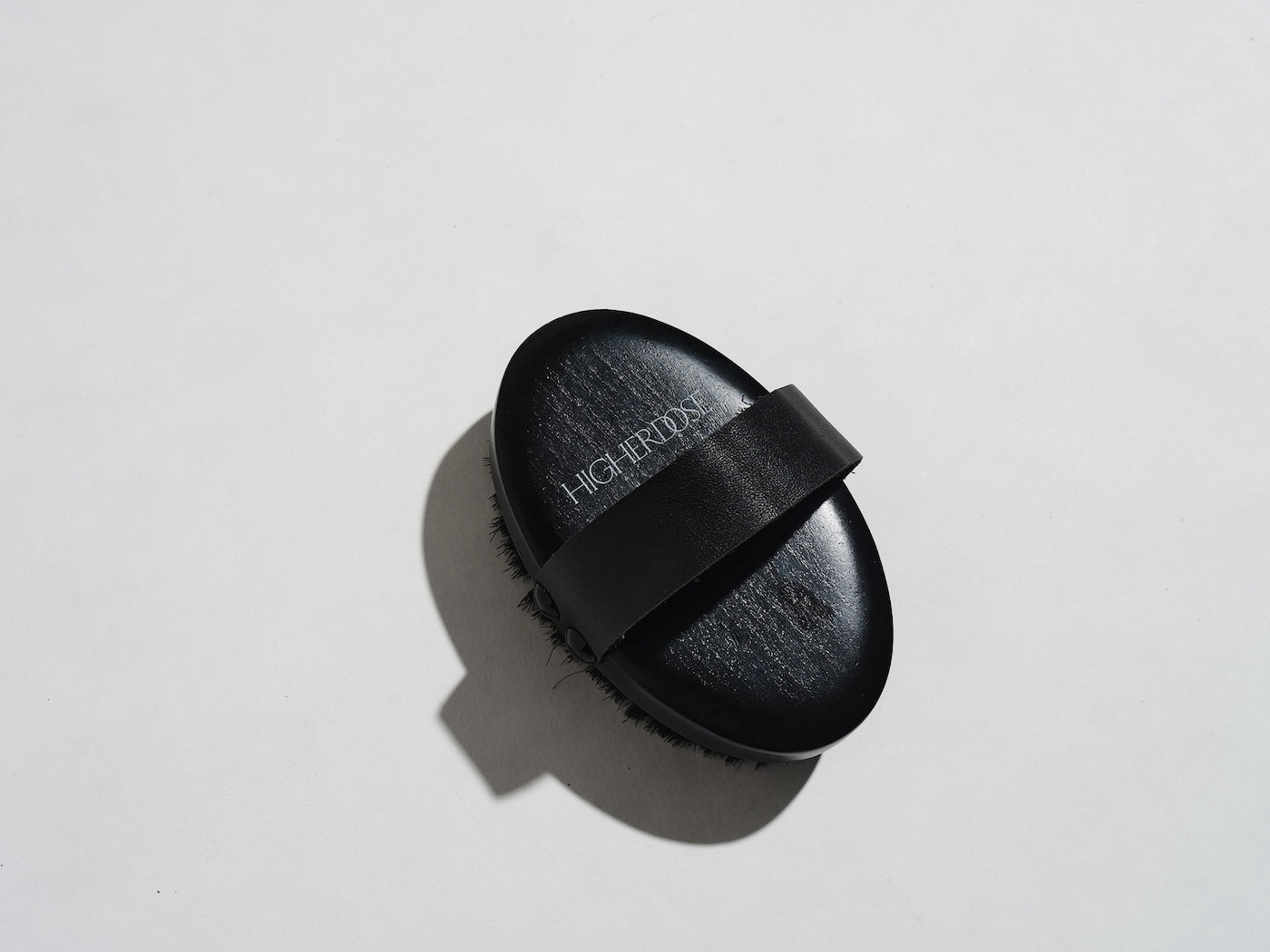Red light and infrared therapy
People with dermatitis or psoriasis face many unpleasant symptoms every day that affect not only the condition of their skin, but also their emotional well-being and quality of life.
Scientific research confirms that red light and near-infrared light therapy (photobiomodulation) can be effective in treating dermatitis and psoriasis. This therapy reduces inflammation, itching, and scaling, promotes skin cell regeneration, and improves overall skin condition.
The most recent LITE study, published in 2024, involving 783 patients, showed that home phototherapy is as effective as clinical phototherapy, and patients who received home treatment were more likely to adhere to the treatment regimen and achieved better results.
Reducing inflammation
Red light therapy helps to suppress the inflammatory processes in the skin, which are characteristic of both dermatitis and psoriasis. The light stimulates cell renewal, improves blood circulation and reduces inflammatory mediators, which reduces redness, swelling and an unpleasant sensation of heat.
Promoting skin healing
Light therapy accelerates skin regeneration processes – it stimulates collagen production, improves oxygen supply to cells, and accelerates the repair of damaged skin. As a result, skin peeling is reduced, cracks heal faster, and the skin becomes smoother and more resistant to external stimuli.
Itching relief
Red and near-infrared light has a calming effect, reducing the sensitivity of nerve endings and the irritation caused by inflammation. Regular therapy can significantly reduce itching, thereby reducing the urge to scratch and, with it, the risk of skin damage.
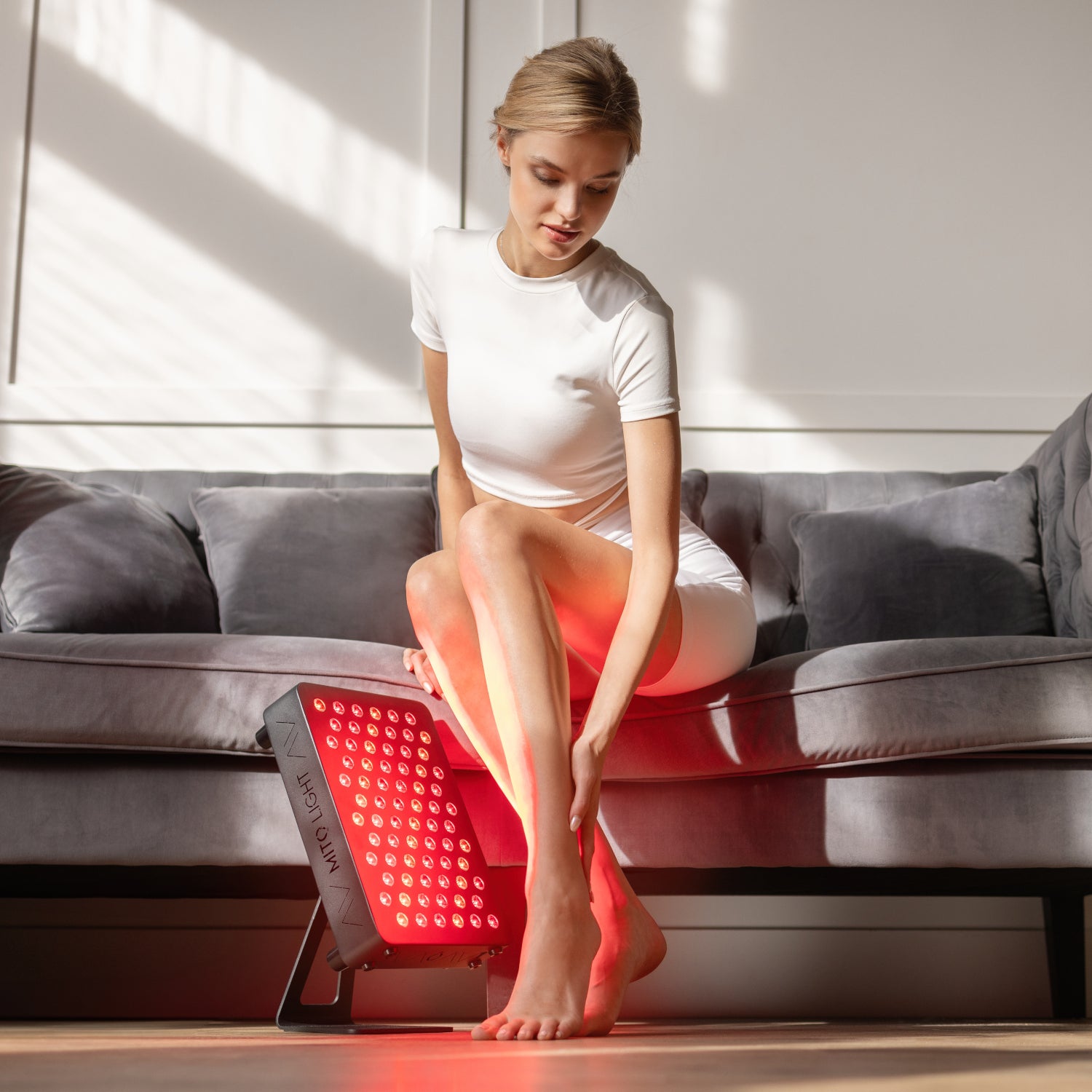
MITO LIGHT® Starter 4.0 red and near-infrared light lamp
MITO LIGHT® Starter 4.0 is an innovative solution for body beauty and health. It is a compact device that allows you to comfortably enjoy the benefits of red and near infrared therapy in your own home. Just sit back, relax and embark on a journey towards better well-being and beauty.
Learn more
Videos
Feedback
Rita
In the cold season, the skin behind the ears thickens and the scalp starts to peel, so I don't use red light from autumn to spring. Before, a solarium helped. Now I'm glad that I found a healthy alternative that doesn't cause cancer. I saved money on a bigger lamp, so the session takes longer to cover the entire area.
Andrew
My skin is very damaged by psoriasis. I used to systematically visit the hospital in Lithuania, but I always lacked time, so I am very happy to have found a homemade alternative and I make time for it every day.
William's mother
I want to thank the odosoterapija.lt team for all the answered questions and shared scientific research. I was hesitant at first. It helped my son because his face would dry out and become painful. We use red light therapy as an additional measure and we see results. I am glad that at least for now we can avoid hormone therapy. It is really suitable as an adjunct to treatment.
You ask - we answer
Red light therapy still raises many questions – naturally, as it is an innovative, yet increasingly widely used method for promoting beauty and health. In this section you will find answers to the most frequently asked questions by consumers about the principle of therapy, use at home, safety, effects on the skin and other practical aspects. If you have not found the answer to your question – please contact us, we will be happy to help!
Is red light therapy suitable for sensitive or problematic skin?
Yes, red light therapy is safe and is often recommended for sensitive, irritated, or problematic skin. It does not cause thermal stress, does not damage the skin, and is gentle – it stimulates cell renewal, reduces redness, and helps suppress inflammatory processes. That is why the therapy is often used for dermatitis, psoriasis, or rosacea.
How often should red light therapy be used?
It is recommended to use the therapy 3-7 times a week, depending on the individual skin condition and the type of device. In most cases, a 10-20 minute session per day is sufficient to achieve visible results. Regularity is the most important factor, so home light panels make it convenient to maintain a consistent routine.
When can we expect the first results?
You may notice the first changes – less redness, less itching or softer skin – after a few weeks of regular use. It usually takes 4-8 weeks to achieve a longer and more stable result. Like any natural method, this therapy works gradually, but its effects are long-lasting and safe.
